How To Make CNC Aluminum Rapid Prototyping More Efficiently ?
Aluminum prototype machining is widely applied already in the industry today ,due to aluminum material is cheap with very nice mechanical performance. So This style of metal is irreplaceable compare to others ,but what we concern is how to improve the productivity when creating aluminum prototype through by CNC technology .Different shapes ,structures ,finishing and quantities are requested from the customers, an excellent manufacturer not only always offering high quality parts ,but also considering how to save the cost , and create more economic value and social value. Firstly ,let ‘s talk it may appear some issues during aluminum machining process .
Aluminum Rapid Prototyping
Thanks to modern design considerations and marketing realities, Ingenious and corporations spend the least money and time in the design phase to manufacture their goods. Therefore, rapid prototyping is used to fulfill market demands. There are two distinct techniques for aluminum rapid prototyping. Additive prototyping and subtractive prototyping are the two forms of prototyping. By depositing aluminum layers, additive aluminum prototyping, specifically Aluminum CNC machining part, creates a prototype from virtual 3D designs. As a result, the prototypes are constructed from the ground up. Laser sintering and 3D printing are two of the most well-known instances of additive rapid prototyping.
Subtractive aluminum prototyping involves regularly cutting material from a solid block of metal to create prototypes. During this technique, prototypes are created from top to bottom. CNC machining process is to remove the material off layer by layer. Compared to its competitors, rapid subtractive prototyping is faster, more cost-effective, and superior. And why should your company choose it over laser-sintering, 3D printing, and other market-available techniques?
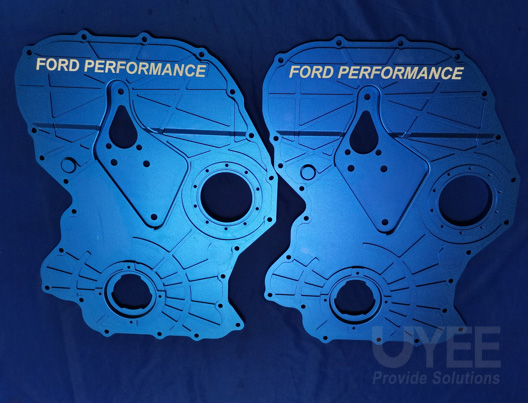
Aluminum Machining Solutions
If aluminum contains a large amount of silicon impurities (more than 13%), there will be no problems with the disposal of the blade-the blade is much shorter and can be easily removed. However, for machining high-strength aluminum alloys ,such as 7075-T6, it is best to use diamond-coated blades. The second characteristic that must be considered when aluminum prototype machining is that aluminum sticks to the cutting edge of the tool. The edges become blunt and the stress on the tool increases. As a result, poor machining quality, formation of deposits on the tool and in the cutting area, and increased temperature causing the tool to overheat and jam .If a more efficient operating mode is installed, negative effects can be avoided. Low cutting speed will only exacerbate the problem. You must also choose the smoothest tool designed for aluminum machining.
Who Uses Rapid Aluminum Prototyping?
Because aluminum is so commonly employed in fabricating items across various industries, rapid prototyping is frequently regarded as a dress rehearsal for the product’s mass production. So far, it has been hugely used in all kinds of industries , including as below :
- Electronics– Aluminum is used to make numerous electronics industry components such as heat sinks, component mounts, casings, and many other thermal management elements. As a result, fast prototyping for these parts and products is a perfect fit for incorporating them into the product development process.
- Automotive– Aluminum is used in the high-volume fabrication of parts such as panels, interior trim, and other components in this industry.
- Sports Device– Many of the shell ,handle and frames are used in aluminum .
- Medical Equipment–Some of bracket is made out of aluminum tube due to the light features.
Aluminum Prototype Machining: Which Tools For Choosing ?
The fewer cutting edges of the tool, the better the machining of aluminum. But what material should it be made of? As always, you must choose from two main tool manufacturing materials: high-speed steel or cemented carbide. Let us analyze the function of each option.
1) HSS Tools:
Not all quick steel cutting tools are the same. Depending on the composition .Carbon steel without impurities is not strong and can only withstand low-strength loads. Another thing is the steel alloyed with cobalt, which can improve the stiffness and heat resistance of the tool. It is very suitable for use with complex materials with high viscosity .The disadvantage of HSS tools is rapid wear. However, by selecting options with titanium nitride coating, tool life can be extended several times. It has a “non-stick effect”, which means that the chips will not bake on the cutting edge, but will slide on the surface of the cutter .In addition, HSS tools have higher anti-bounce performance than carbide tools. Therefore, they are usually used on machines where the work piece cannot be firmly fixed.
2) Solid Carbide Milling Cutter:
Carbide milling cutters have high rigidity, but as mentioned above, they are extremely susceptible to the jitter of the machine tool spindle. Therefore, if you cannot ensure that the work piece is fixed correctly, it is best to choose fast cutting .However, the main points that must be considered when machining aluminum: the faster the milling mode is selected, the smoother the machined surface. Cemented carbide tools win here. Due to high-speed cutting, HSS tools will quickly become dull.
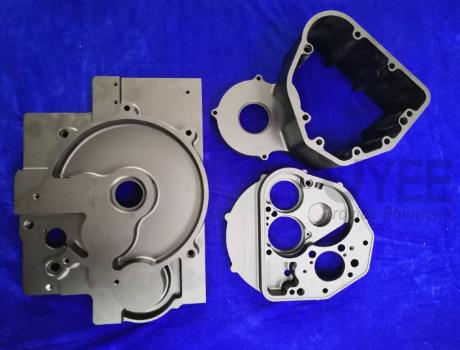
How Does Aluminum Rapid Prototyping Work?
As previously said, there are various conventional and modern methods for bringing your prototype to life. First, we will go through the CNC production methodology for rapid aluminum prototyping. What process you must follow for effective aluminum prototyping is determined by the type of machine you use for CNC prototyping. In general, you must feed a CAD model design into the system and have it transformed to vectors so that the device can read off the coordinates. After uploading the file and tracing the vectors, the cutter tool and tool path is chosen to cut the block into shape.
The tool path is then supplied to the CNC machine after its speed and depth have been selected. You have the option of cutting outside the vectors, inside the vectors or tracing the vectors. The cutting process varies considerably, depending on the machine operator, the equipment, and the complicated design. The vectors are then converted to G-code, and the center of the block is determined. The CNC router is situated in the middle of the league and touches the face. This position is marked as absolute zero. The G-code is subsequently read by the CNC machine, which begins the prototyping process.
When machining aluminum, one of the most common failure modes is flakes clinging to the tool’s cutting edge. It reduces cutting ability, which hurts prototyping output. Therefore, both the cutting tool and the material coating on the device are carefully chosen to prevent the possibility of aluminum buildup on the cutting tool.
Aluminum Prototyping With Us
When it comes to aluminum prototypes, we have three basic considerations. On the one hand, they must ensure that there is good chip evacuation from the cutting edge, minimum aluminum adhesion to the cutting tool during machining, on the other hand, that the tool’s core strength is maintained and sufficient to counter and endure the cutting pressures without failing. Prototyping tools range from straight grade cemented carbides through high-speed steels and diamond-based tools. Enhanced 5-axis industry-graded machines are also used efficiently to manufacture the best quality prototype part.
Industries And Application Of Aluminum Prototyping
Aluminum parts are manufactured via fast prototyping by companies like Boeing, Icon, and Tesla. Aluminum prototyping’s ability to handle complicated designs with ease, combined with quick turnaround times, makes it a popular choice for practically any industry trying to beat its competition in the market. They have been widely used in Automotive ,Defense ,Sports….etc. industries .
Rapid prototyping has improved dramatically over the years as technology has advanced, and new production techniques have emerged. Despite recent advancements in this industry, such as 3D printing, but it exists the limitation of size and material performance. CNC remains one of the most effective and widely used techniques for aluminum CNC prototyping. It is thought to be both cost and time-effective ,as well as flexibility. For example ,if you would like to adjust the design during machining ,as long as the revised position has not been machined ,it is not late.
Conclusion
We have extensive market experience with aluminum prototype making. Our technician, engineers and operators are well-trained and use their knowledge, skills and abilities to create high-quality prototypes for clients who are from diverse industries . As a result, we can meet all of your needs, from prototyping to batch production. We invite you to give us a chance to show you what we can do for you and your business to put you ahead of your competition in the market.

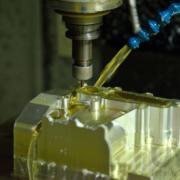

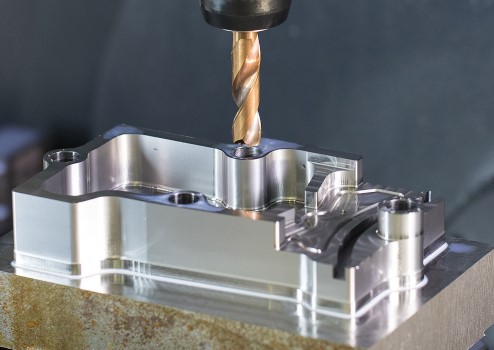
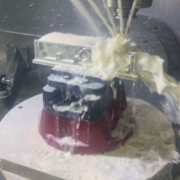
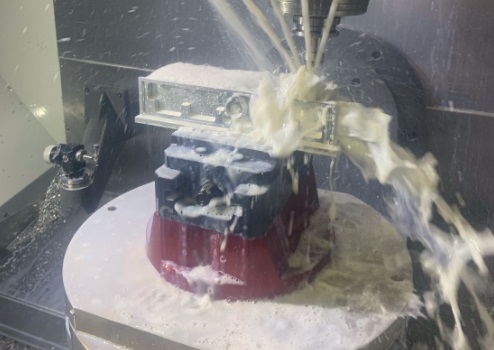
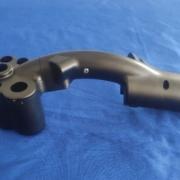
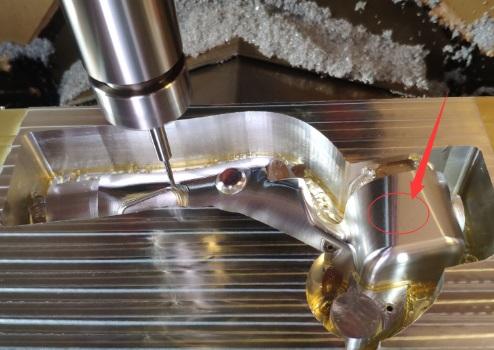
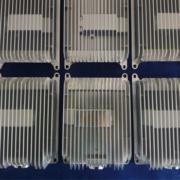
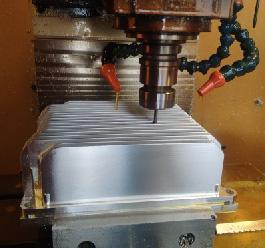 It is not easy to create quality pieces, it takes an expert in the field to achieve it, and also the knowledge and application of the correct technique. It is extremely important that each piece meets quality standards, and at least with the basic characteristics of itself, which will allow you to develop the multiple tasks that you will have. Well, we know then that in the manufacture of materials and parts used in electronics, it is very necessary to create very precise parts, which ensure the perfect operation of the entire system, which is why very exact and modern procedures are required.
It is not easy to create quality pieces, it takes an expert in the field to achieve it, and also the knowledge and application of the correct technique. It is extremely important that each piece meets quality standards, and at least with the basic characteristics of itself, which will allow you to develop the multiple tasks that you will have. Well, we know then that in the manufacture of materials and parts used in electronics, it is very necessary to create very precise parts, which ensure the perfect operation of the entire system, which is why very exact and modern procedures are required.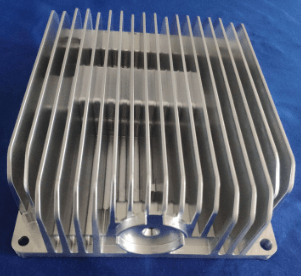 For the most part, this group of components is manufactured through CNC Aluminum Machining, a technique that has been effective in creating so many other pieces of different metals and their alloys as well. There are so many benefits that aluminum machining is capable of bringing both manufacturers and their customers, however, there are a couple that are more decisive than others. The thermal conductivity of the heat sinks created from CNC machining aluminum is impressive, so they can easily be classified as the best on the market. The heat sinks that are built from the CNC aluminum prototype, usually achieve what could not be done with other previous techniques, and we know that the forms that these components come to acquire are really interesting. Otherwise, they would not be able to fulfill their main functions.
For the most part, this group of components is manufactured through CNC Aluminum Machining, a technique that has been effective in creating so many other pieces of different metals and their alloys as well. There are so many benefits that aluminum machining is capable of bringing both manufacturers and their customers, however, there are a couple that are more decisive than others. The thermal conductivity of the heat sinks created from CNC machining aluminum is impressive, so they can easily be classified as the best on the market. The heat sinks that are built from the CNC aluminum prototype, usually achieve what could not be done with other previous techniques, and we know that the forms that these components come to acquire are really interesting. Otherwise, they would not be able to fulfill their main functions.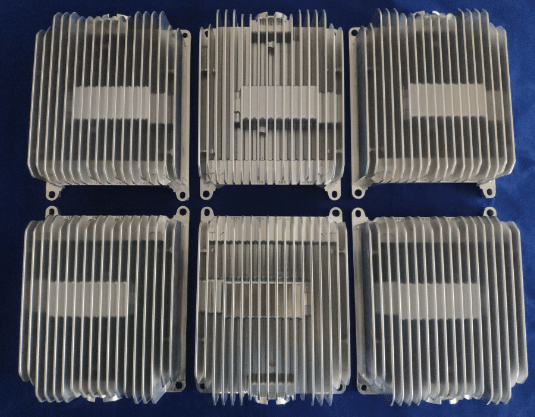 On many occasions, heat sinks are found in multiple places, as they are used in industries such as electricity, transportation, among others, so not all customers will want their components to have similar characteristics to each other. It is here where another of the properties of aluminum prototype presents diversified solutions, and that is that they are capable of adapting to multiple environments, without risking the integrity of the component, combating humidity, corrosion and other damages.
On many occasions, heat sinks are found in multiple places, as they are used in industries such as electricity, transportation, among others, so not all customers will want their components to have similar characteristics to each other. It is here where another of the properties of aluminum prototype presents diversified solutions, and that is that they are capable of adapting to multiple environments, without risking the integrity of the component, combating humidity, corrosion and other damages.